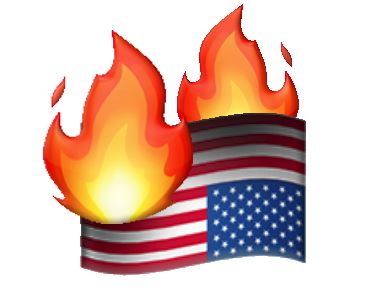Some info on Dentzer
- https://www.wsj.com/articles/william-dentzer-helped-wall-street-unsnarl-its-paperwork-11613055610 (https://archive.ph/HthBH)
- https://susan-g-dentzer.medium.com/the-greatest-father-from-a-great-generation-f9ceb3758066
and a bit of a dive in to DTCC and how it works.
Through a series of complex legal frameworks pretty much all stocks are actually owned by DTCC. They hold the shared to all the publicly traded companies on the stock exchange through their Cede and Company subsidiary.
People who invest in stocks are given a security entitlement through a securities intermediary, i.e. a broker. So, DTCC owns the stocks, and they give out certificates to brokers to trade the shares. The brokers then resell the certificates to the beneficial owners.
Normally, none of this really matters, and it’s just an obscure legal mechanism nobody pays attention to. The time this does start to matter is when a bank or a brokerage goes bust, the way we saw during 2008 crash. At that point the securities go to the secure creditors who actually own them and not to the beneficial owners.


spoiler
Then these market makers would intentionally be temporarily manipulating the price to be on the end of a losing trade, since they bought high and sold low.
I’m assuming you’re talking about the bid/ask ratio on the order book, which is a list of unfilled orders. There’s multiple reasons for this kind of market structure, which could be interpreted as either bullish or bearish. They can either be exits for shorts or enters for longs. But objectively, this creates support for the price which prevents it from falling too far down, not necessary causes it to rise.
The rest of your points are valid, but they’re mostly controls to dampen excessive price volatility, which fucks up limit and stop orders.
What correlates to stock price the most isn’t profit or assets, but rather revenue. How large a company is, is based on how much moolah that it’s able to bring in. Looking at GME’s revenue, it’s down to 60% of its highest revenue in 2011, not accounting for inflation. Since its restructuring, it’s had negative EBITDA and negative cash flow. You can say that it’s kind of stopped the bleeding by switching to non-obsolete revenue streams. But overall, it has downsized and it’s still not profitable.
If anything, the price of the stock is Inflated by the hype, rather than suppressed. When DFV bought in, the market cap to book ratio was roughly 0.5, which indicates that it was severely undervalued, especially for such a high profile company. Now it’s around 2, which is around average for a company that’s profitable.